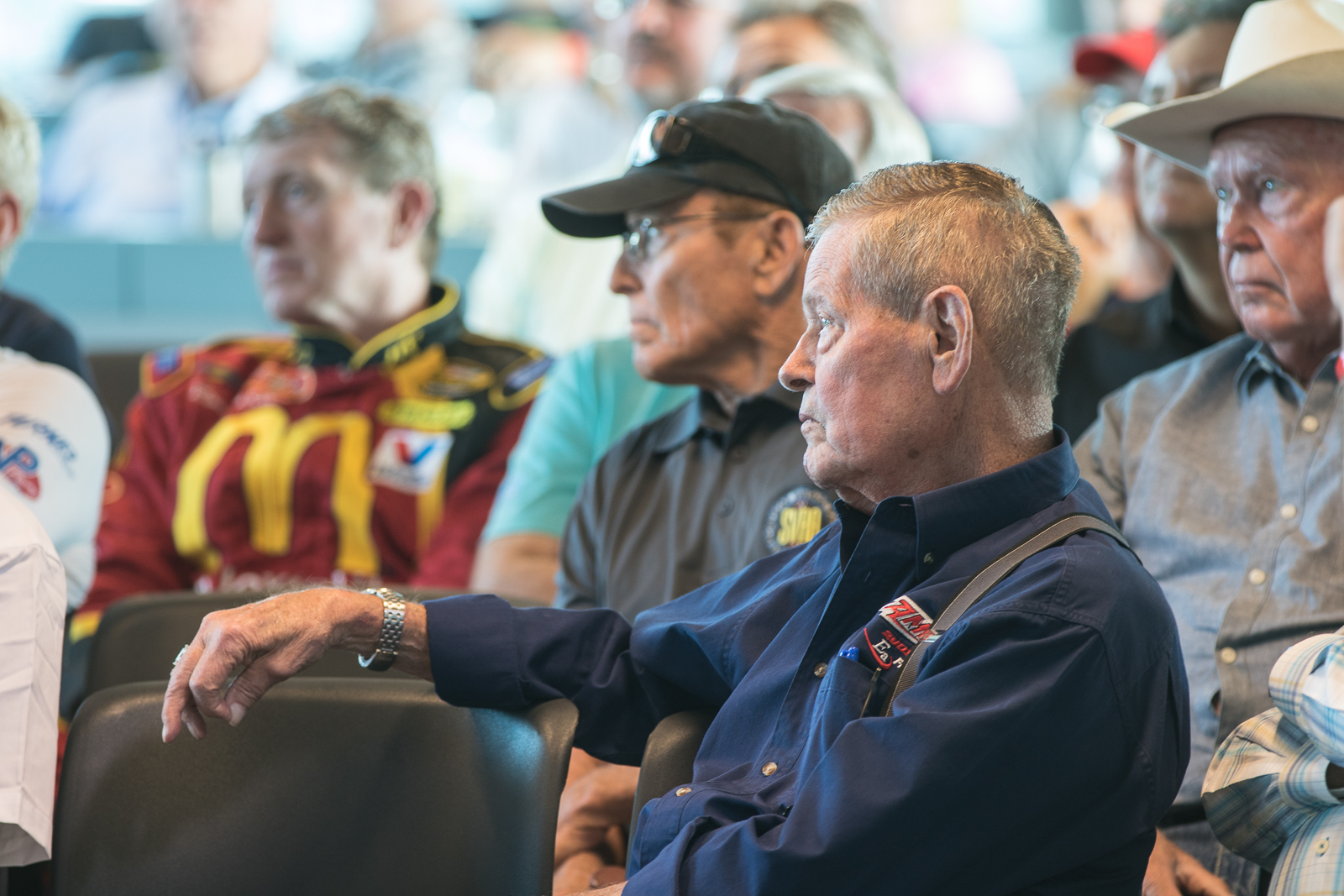On the Demise of Vintage Racing

I saw an interesting video this week — an editorial from Casey Putsch of Genius Garage in which Casey speculates that vintage racing could be a victim of its own success.
Personally, I don’t think vintage racing is a goner just yet. The race and the organization to which Casey refers is SVRA, and it’s true that SVRA has been expanding and broadening its reach. This growth spurt began roughly around 2012, when Tony Parella acquired a majority stake and it stopped being a regional club and started becoming a national series. By 2014, SVRA began racing at Indy and the Trans-Am Pro-Am event there became an instant fan-favorite.
There was no going back to its club roots for SVRA, and Tony Parella’s 2017 acquisition of the Trans Am series cemented that. A couple years ago, I spoke with Matt Breeden, who’d just been named President of SVRA. He confirmed the series had been working hard to make SVRA weekends more spectator-focused, including adding contemporary series like Trans Am to SVRA weekend events. According to Breeden, fans and sponsorship are a crucial part of funding appearances at premier national tracks.
But while it’s true that this moves one series away from its grass-roots background, there are other vintage organizations that fit the bill pretty well. In our area, VSCDA is just this sort of series. At their Spring Brake event this spring, I had a chance to chat with one of their instructors. Rick Gurolnick had just finished teaching at his 25th drivers’ school. He told me about generations of racers who’d grown up racing with VSCDA, some of whom are now instructors themselves.
You’ll find VSCDA at Road America, but more commonly, they’re at smaller tracks like Gingerman, Grattan and Blackhawk Farms. These racers aren’t showing up with the high-end cars Casey was talking about – you’re more likely to see a Saab Sonett or a Fiat X-19 than an old F1 car or Indy car. The paddock is thick with Formula Vees, Formula Fords and Spridgets – all ideal new-driver cars, and if you frequent their Facebook page, members will be happy to share cheap race-car classifieds in the hope of luring another member to the track.
You see, I don’t see vintage racing succumbing to gentrification. The grass-roots of vintage racing are still around, and I think there’s room under the tent for both types of organizations. I love the family atmosphere of a VSCDA event, but as a fan, I’d be lying if I said I didn’t look forward to seeing the fast cars and big tracks that SVRA brings. They’re two different types of organizations — and that’s fine with me.
